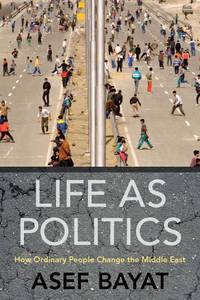- dramatize an injustice.
- to educate and/or
- gain the sympathy of a wider audience
While attracting publicity to Pussy Riot’s cause, the action may have also given the opposition movement new energy by drawing a considerable number of new people to get involved in Russian politics
Russian opposition looks to move forward after Pussy Riot trial
by Anna Derinova | August 23, 2012
...there has been little discussion of their impact on the larger opposition movement, which has grown steadily from social media sites to massive street protests in recent months. While many Russians were outraged by the Soviet-era trial and its harsh verdict, Pussy Riot’s provocative action still remains a point of contention.
.... [Pussy Riot] stand against the discrimination of sexual minorities and the anti-gay law excluding displays of homosexuality that could supposedly influence children; the general dysfunction of the education and healthcare systems; and the gradual secularization of the Church through its businesslike behavior.
.....approximately 44 percent of respondents tended to support the trial against Pussy Riot and considered it quite reasonable, while 17 percent did not.
....The so-called “punk prayer” and the government’s reaction have divided the public into two irreconcilable camps, either fearlessly supporting the young feminists or furiously accusing them.
.....While attracting publicity to Pussy Riot’s cause, the action may have also given the opposition movement new energy by drawing a considerable number of new people to get involved in Russian politics. On Saturday, August 18 — the day after the verdict was announced — a March for Democracy was held in Moscow, in which hundreds of people turned out to commemorate the nonviolent defeat of a coup d’état that hastened the 1991 Soviet collapse...Next comes September 15....
Whether or not the fallout from the Pussy Riot trial will help these efforts remains to be seen. As the eminent sociologist Olga Kryshtanovskaya recently said, “We need some more fuel to light the fire, but Pussy Riot may have harmed the opposition by taking away some of its moral high ground.”







